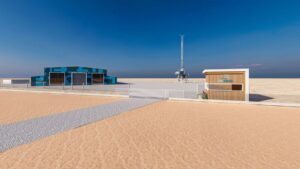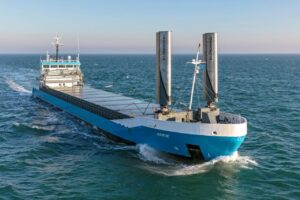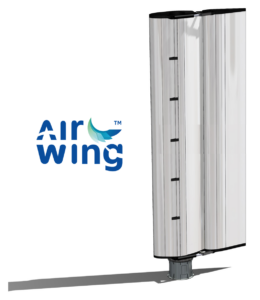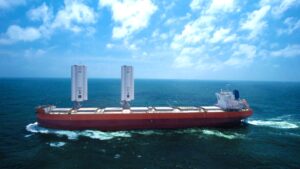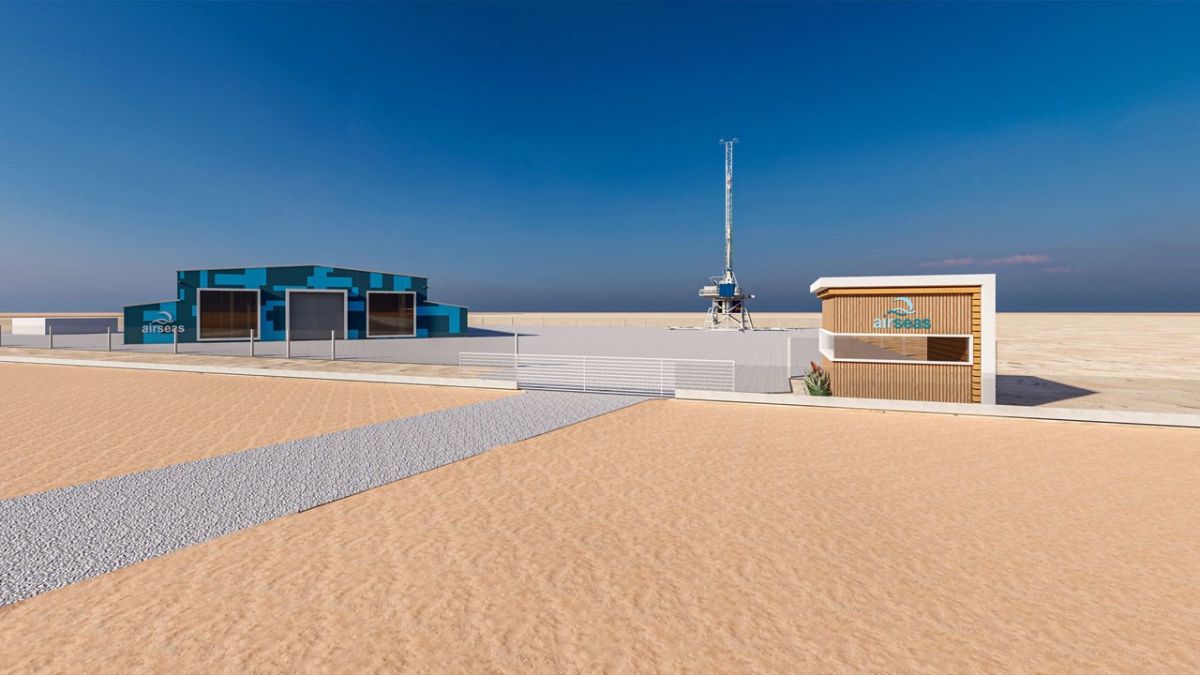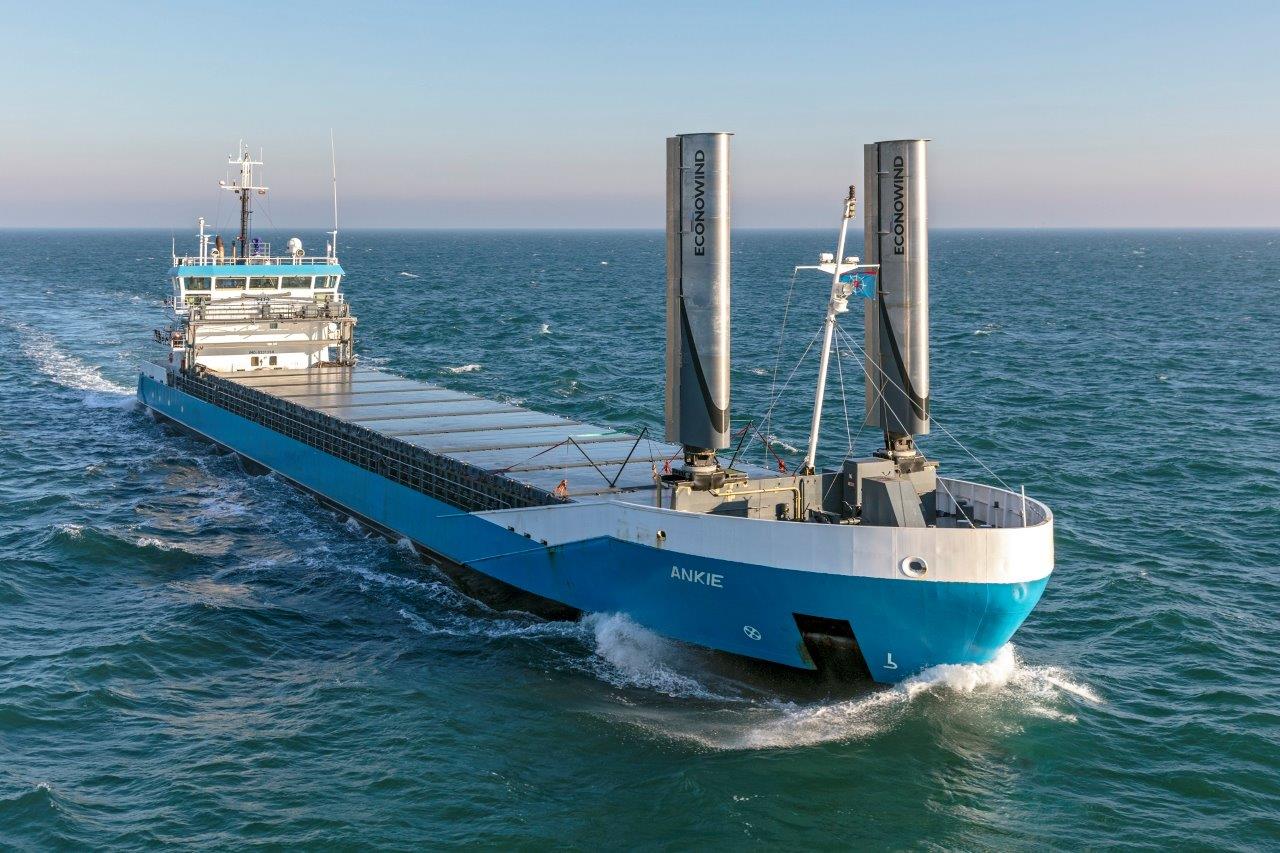A recent wind propulsion technology conference saw delegates showing an optimism they have not felt before

Do the wind technology providers feel the winds of change? Do they have the wind in their sails, in their wings? Is there indeed something in the wind, something that investors ought to get wind of?
OK, I’ll cease the potentially long list of clichés now, but going by reports from an event organised by the Royal Institute of Naval Architects and the International Windship Association, some of those idioms could well be running true.
The event’s aim was predominantly to discuss various technology related issues, the topics that you would expect naval architects and technology experts to be interested in, but there was, it seems, a huge amount of optimism in the room.
The fact that a growing number of technology companies have been announcing significant funding rounds, either privately or with EU project funds in recent months, that the number of demonstrations and installations is growing, has certainly helped.
The wind assist, and even full wind, sectors are certainly becoming the ones to watch. While the headlines in the shipping press, and often here on FW, are understandably on how new fuels can be brought into shipping and the investment brought in to develop necessary infrastructure, this nascent technology area has begun to see some significant forward steps having weathered some serious headwinds in recent years (yes, sorry, another idiom).
This is rapidly becoming the technology sector to watch, for investors to begin to take more than a bystander approach to.
The growth in demonstration projects is doing two things. It secures the concept of wind assist solutions in shipowners minds, not as a throwback answer to pressing problems, but a sleek approach to responding to it. It is also showing the older generation that this is a technology that is robust, that the tools being deployed can be marinized (there’s a lot of learning coming into this new industry from aviation and the renewable energy sector, more than from traditional sailing ships).
And it is a visible display of an industry that is transitioning.
Yes, the technology companies, and the executives themselves, and the International Windship Association will keep on telling anyone who listens how the wind is free, that it is not susceptible to human economic foibles like energy prices, and that it does actually blow far more predictably than one thinks (meteorological data proves this as can any seafarer).
Attitudes are changing
About six years ago a classification society boss once told me that we will never see wind power back on ships, it just won’t work, I was told. That prediction is proving to be wrong, as even large bulk carriers are being retrofitted now, and plans have been developing for car carriers too.
We now have them in their tens and soon hundreds. There are a growing list of companies getting involved, from start-ups to large mainstream businesses, all with different ideas for different vessel types and different trades. They have differing business models and different approaches to hitting the big time.
The class societies are now onboard, as are insurers and importantly some cargo owners – the visual factor demonstrates to shareholders their commitments, and should not be underestimated here.
There are still a few regulatory hurdles that need to be overcome, not least calculation factors in now mandatory instruments that were written without wind assist solutions in mind, but these are not show stoppers.
As of yet there are no listed dedicated wind propulsion companies, so the next stepping stone will be when one does go public, and to do that the company will need to have a secure pipeline of revenue generating projects under its belt and a way to maintain profits when it does.
However, I have seen how shipowners, cargo owners and others are injecting equity in projects, into businesses; a sign of their growing interest in making this nascent response to climate change and high fuel bills a mature and successful one.
Thanks to Conor Fürstenberg Stott for spending two days at the event taking copious notes. Take a read of his report (below) to understand just how far this nascent industry has come.
Report: RINA/ISWA Wind Propulsion Conference

























